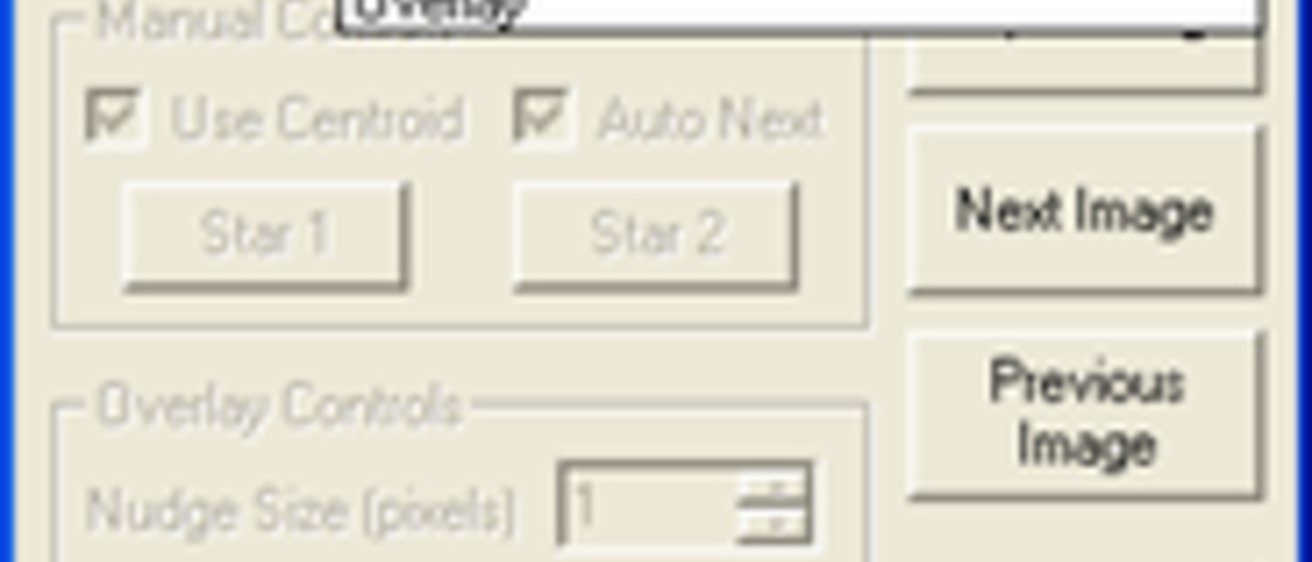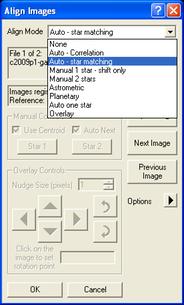
Breadcrumb
- Home
- Labs
- Observational Labs
- Tracking Solar System Objects
- Part 3: Image Analysis
Part 3: Image Analysis
This part of the lab should be completed after a few nights or weeks of observations of a planet. Refer back to the Image Analysis with MaxIM DL lab for more help.
- With your images, animate the movement of the planets you observed. Describe what you observe. Do you see any retrograde motion? Does the planet cross into another constellation?
- Look up the mean distance from Earth during your observations in km for the planets.
- How much did the planet move in angular distance (degrees or radians) between your first and last images? Note: For VAO, the pixel scale is 0.67 arcseconds per pixel or 0.000186 deg/pixel. Remember you can use the ‘area’ mode in the information window (ctrl + i).
- How far did the planet move, in km, between your first and last observations?
- Since you know how much time passed between your first and last observations, how fast is the planet moving in km/s? Remember you can always look at the FITS header (ctrl + f) to look at when the images were taken.
- Look up the orbital velocity of each planet. How accurate is the speed you calculated? Recalling what you know about how the planets orbit, give reasons as to why your answer is different.
Guideposts
When was this image taken?
Astronomical images are usually in FITS format, which is essentially a bitmap (i.e. a large, uncompressed image) with a bunch of text attached that gives important information about the image such as when and how it was taken, where the telescope was pointing, etc. You can view this information by selecting View -> FITS Header Window from the menu. Some of the noteworthy pieces of information are: OBJECT - the name of the object the telescope was looking at; DATE-OBS - the date and time the picture was taken; EXPTIME, FILTER - the exposure time in seconds and filter used.

Aligning Images
Maxim has a tool that can align images that are slightly offset from one another. Select Process -> Align from the menu. Select the names of the images you want to align and click on the right arrow to add them to the list, then click OK. The Align Images window will appear. Here, you have several Alignment Modes from which you can choose. For these particular images, 'Auto-star matching' works well. You can preview how well your Alignment Mode is working by selecting 'Overlay All Images' before you proceed. Once you've selected your Alignment Mode, click OK. Notice the background stars of both images are now mapped to identical (x,y) pixel coordinates.
Animating/Stacking Images
Once you have aligned images, you can animate them to see the motion of an object. This is useful when you are looking for a moving object that is hard to distinguish from background stars in a single image. You can also stack images, which is helpful if you are trying to measure how much an object moved between successive images. To perform these functions, select View -> Animate or Process -> Stack from the menu.